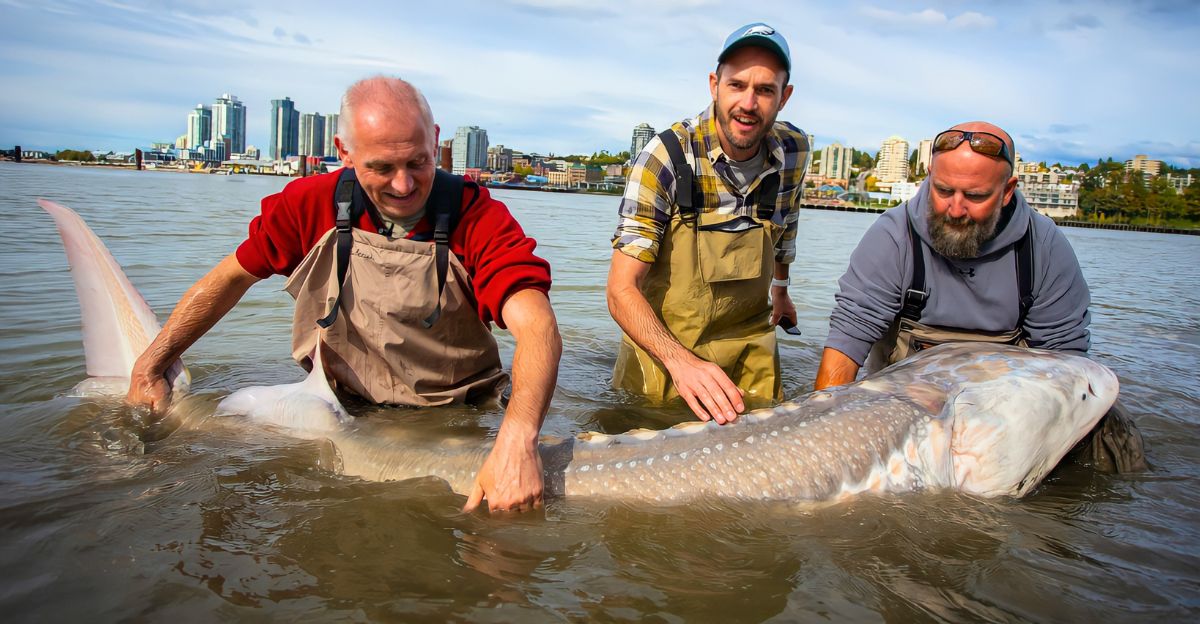
It survived mass extinctions, outlived the dinosaurs, and swam through Earth’s ancient oceans for over 400 million years. But now, the mighty coelacanth—a fish once thought lost to time—is facing its greatest challenge yet: humans. Accidental fishing, habitat destruction, and climate change are pushing this “living fossil” toward the brink. Can conservation efforts save one of the ocean’s oldest survivors?
A Fish Older Than Dinosaurs—Now on the Brink
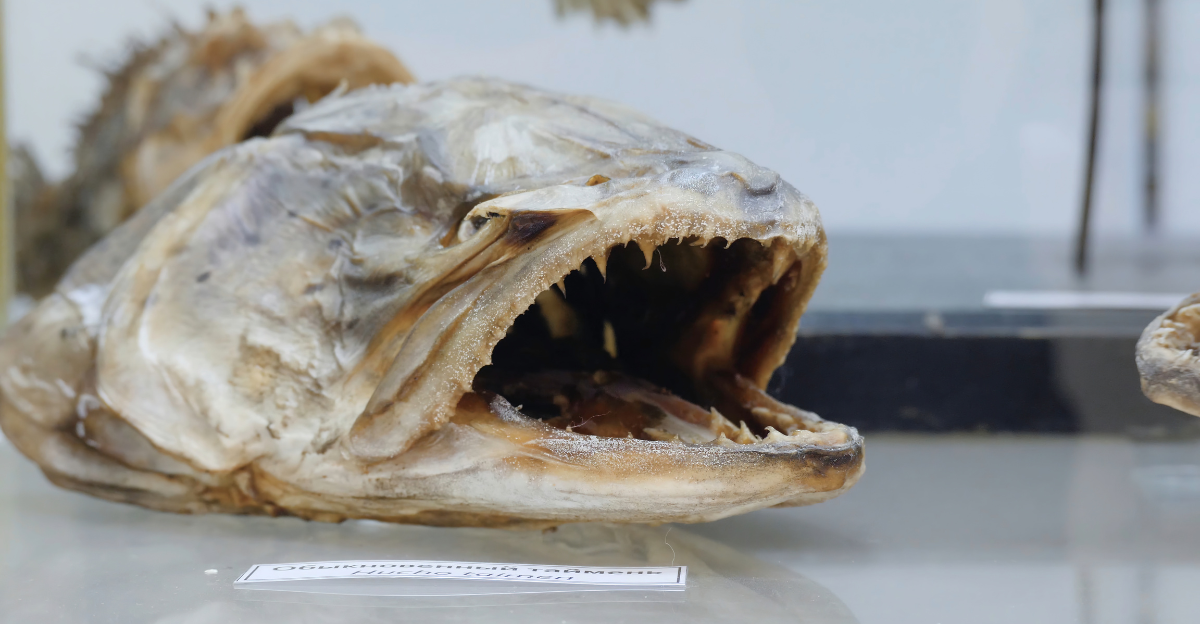
The coelacanth has been around for over 150 million years—long before the dinosaurs! It survived massive changes on Earth, but now human activity is putting it at risk. Overfishing, pollution, and climate change are destroying its habitat, and the species isn’t adapting fast enough. If we don’t take action soon, this ancient fish could disappear forever.
The Slow Reproduction That Could Spell Extinction
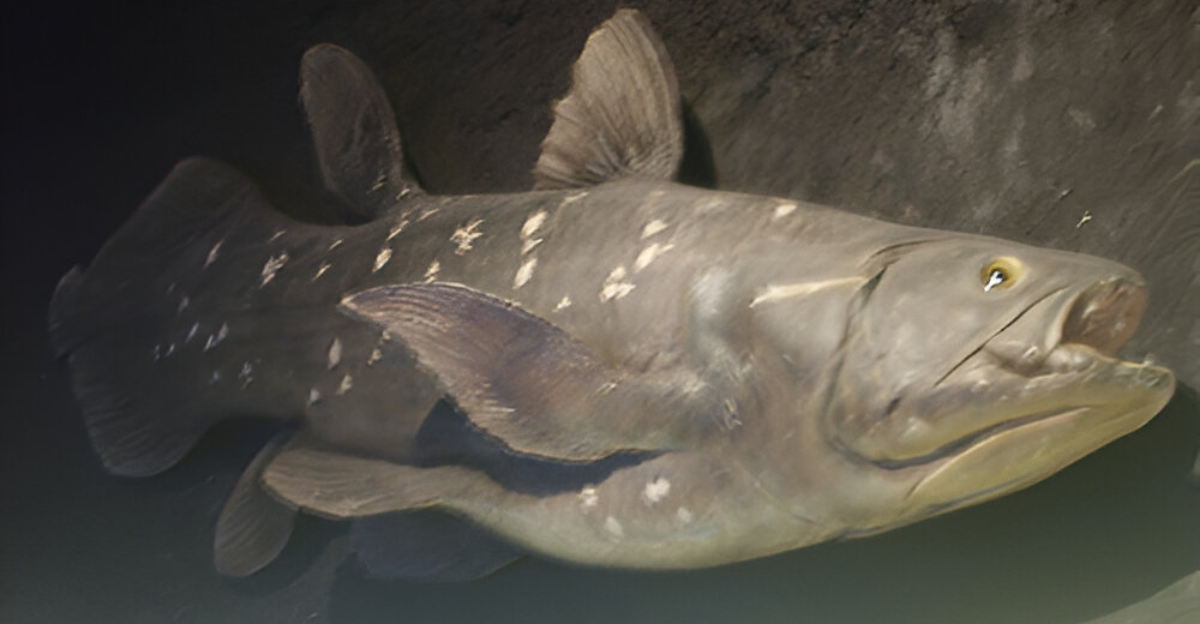
Coelacanths have one of the slowest reproduction cycles of any fish. It gives birth to live young after an astonishing three-year gestation—the longest of any fish. This worked fine when the ocean was stable, but now, with new threats from humans, it’s a major problem. Their numbers can’t bounce back quickly, and even a small amount of fishing could wipe them out in just a few decades.
Fishing Accidents That Kill Ancient Survivors
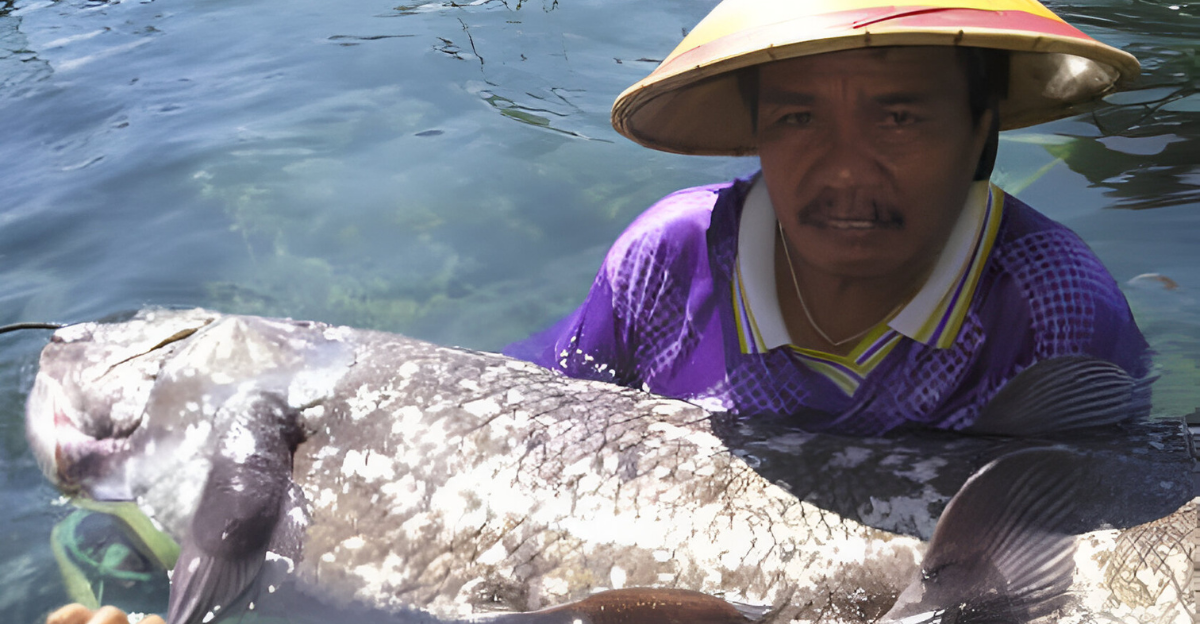
Fishermen don’t set out to catch coelacanths, but it still happens a lot. Deep-sea fishing nets trap them by accident, and when they’re dragged to the surface, they can’t survive. Since there aren’t many left, every loss brings the species closer to extinction. If fishing methods don’t change, these prehistoric survivors could be gone for good.
Pollution—A Silent but Deadly Threat
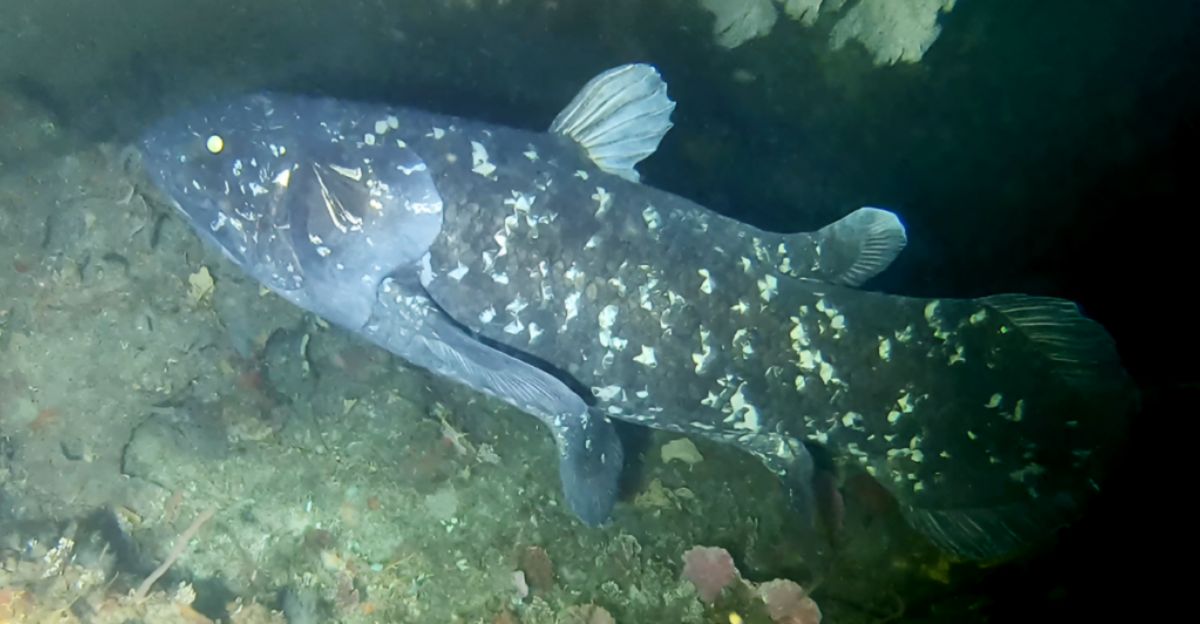
The coelacanth is absorbing pollutants at very high levels. Studies show high concentrations of DDT and PCBs in its tissues, chemicals known to disrupt hormones and reproduction. These toxins were never part of its evolutionary struggle—yet now they accumulate in its body, threatening survival from the inside out. What millions of years of evolution protected it from, industrial waste may destroy.
Climate Change and the Vanishing Habitat
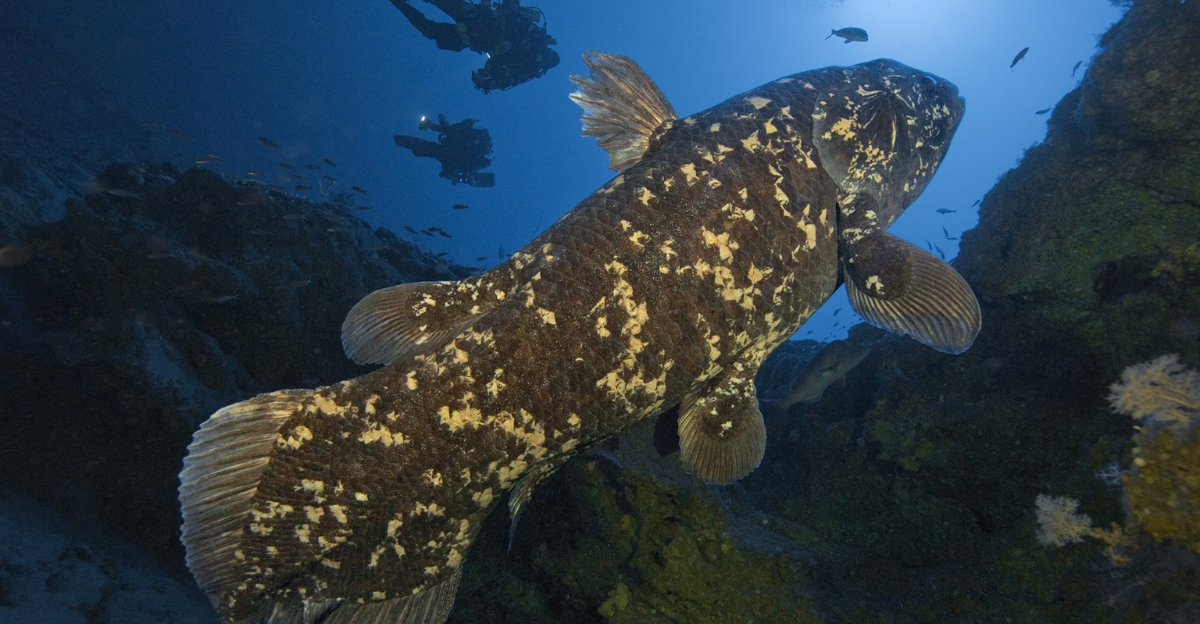
Rising ocean temperatures and shifting currents are reshaping the coelacanth’s deep-sea world. This fish has thrived in stable, oxygen-rich waters, but now, those conditions are changing fast. Warmer waters may force it into unsuitable habitats or disrupt the food chains it relies on. For a species that evolved slowly, rapid climate shifts could be a death sentence.
The Myth That’s Driving Coelacanth Hunting
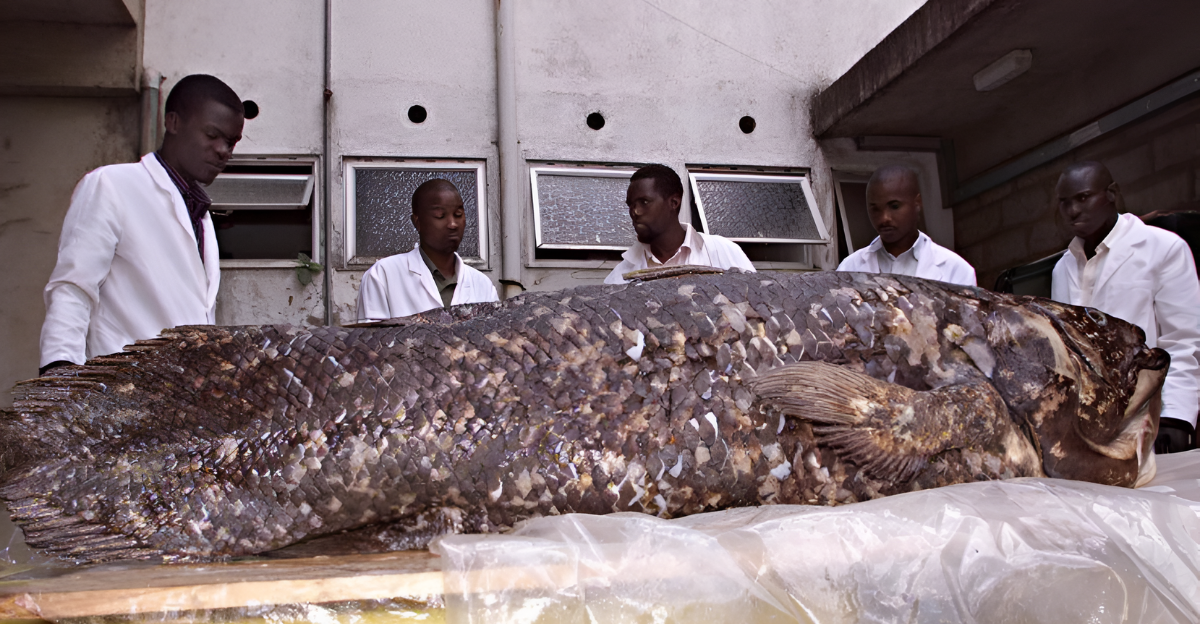
Some believe the coelacanth’s spinal fluid has anti-aging properties, fueling illegal fishing. There’s no scientific basis for this claim, yet demand persists. Each captured fish reduces an already fragile population, all for an unproven remedy. If this baseless belief continues unchecked, we may lose one of Earth’s most ancient species for nothing more than superstition.
What We Can Learn from the Sturgeon’s Struggle
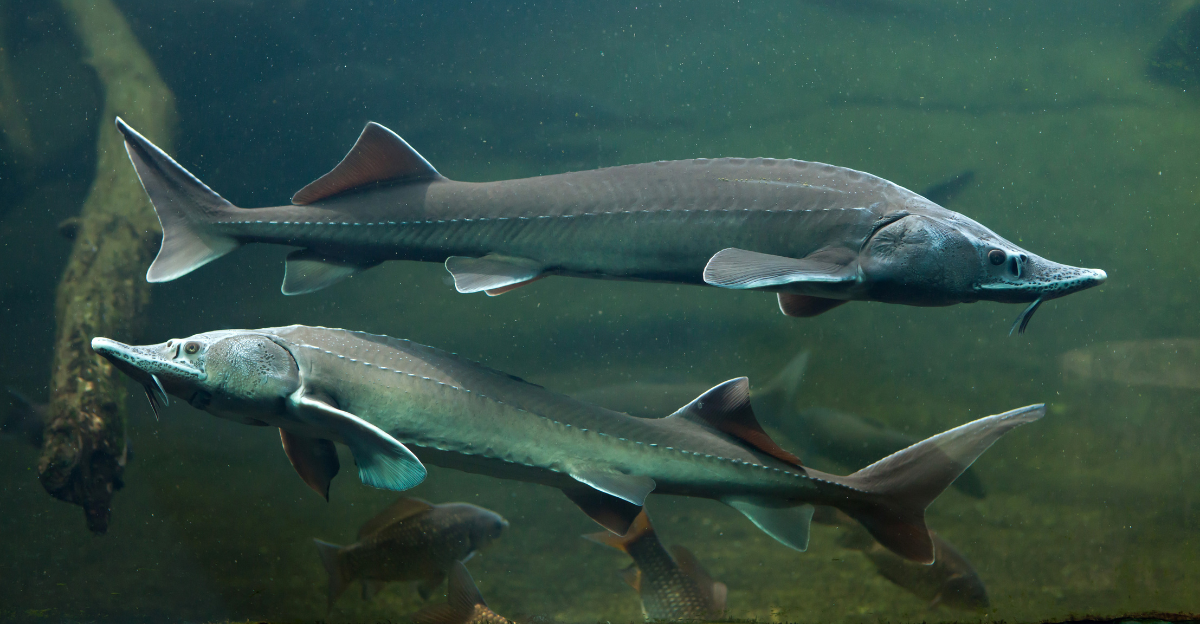
The coelacanth isn’t the only ancient fish in trouble. Sturgeons—another lineage dating back 250 million years—face similar threats from overfishing, habitat destruction, and pollution. Dams have blocked their spawning routes, and demand for caviar has decimated their numbers. Their decline serves as a stark warning: if we don’t intervene, the coelacanth will follow the same tragic path.
What We Lose If the Coelacanth Goes Extinct
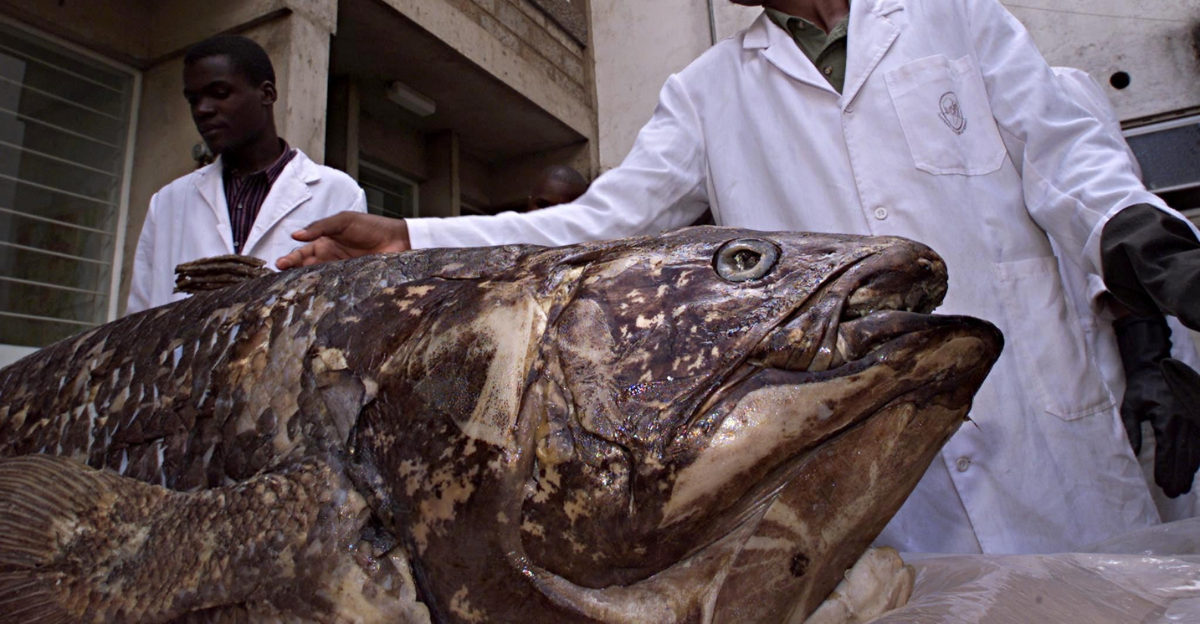
If this fish goes extinct, it won’t just be the loss of one species—it will be the end of an entire evolutionary line that stretches back 380 million years. The coelacanth is a living link to the past, connecting us to the first creatures that crawled onto land. Losing it would mean erasing a part of Earth’s history forever.
Can We Still Save the Coelacanth?
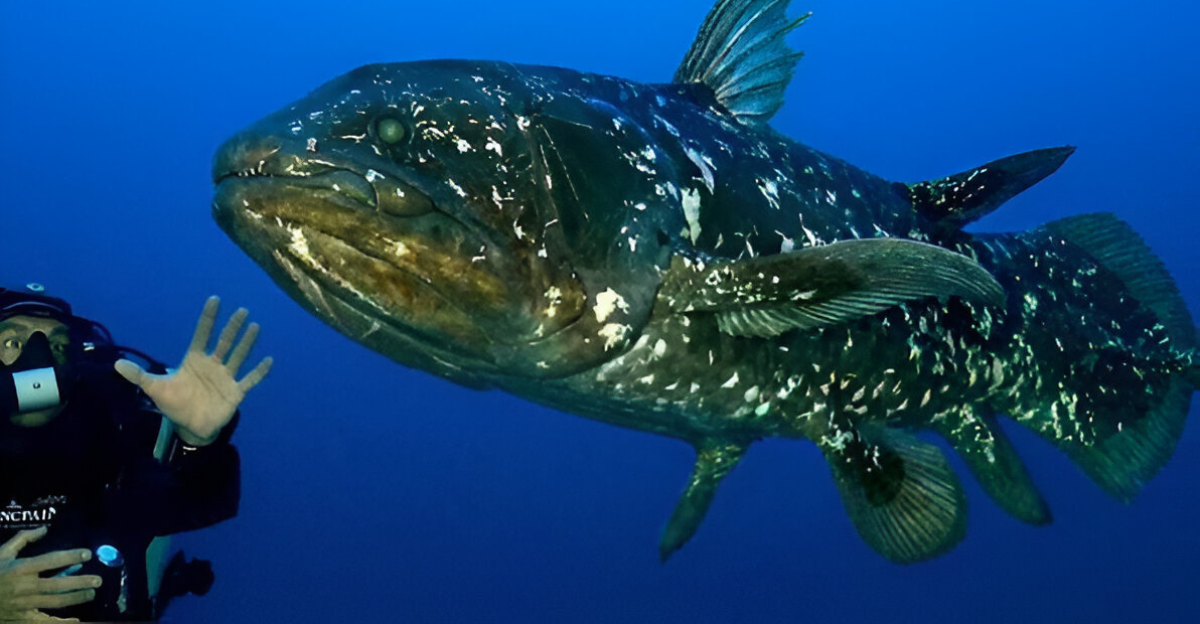
There’s still hope! Protecting marine areas, enforcing stricter fishing rules, and reducing pollution can all help. The coelacanth has survived five mass extinctions—if we remove human threats, it might just survive this one too. But we have to act fast before it’s too late.
Why This Matters for More Than Just One Fish

Saving the coelacanth isn’t just about protecting one species—it’s about keeping the ocean’s ecosystems in balance. If they disappear, it’s a warning that deeper imbalances threaten marine life as a whole. If we don’t step in now, other marine life could be at risk too.
Will Humans Be the Reason Coelacanth’s Go Extinct?
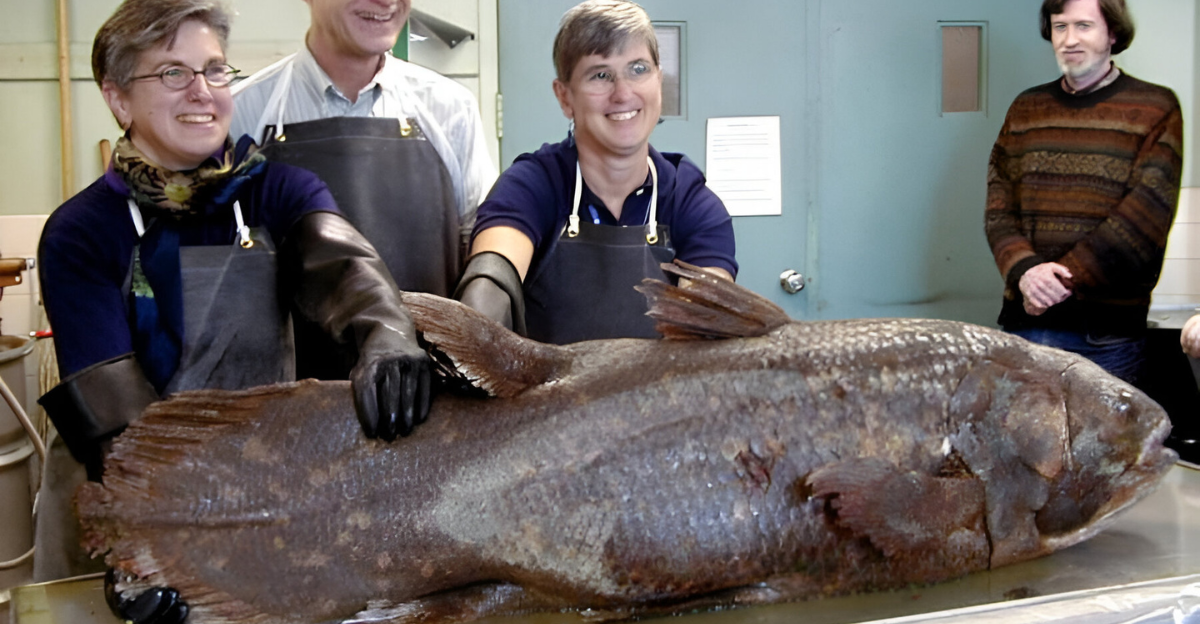
For millions of years, the coelacanth has faced every challenge nature could throw at it—and survived. But now, it’s facing its biggest challenge yet: humans. If we let this ancient survivor go extinct, it won’t just be a tragedy for the species—it will be a failure on our part. The choice is ours: protect it, or lose it forever.
Explore more of our trending stories and hit Follow to keep them coming to your feed!

Don’t miss out on more stories like this! Hit the Follow button at the top of this article to stay updated with the latest news. Share your thoughts in the comments—we’d love to hear from you!







